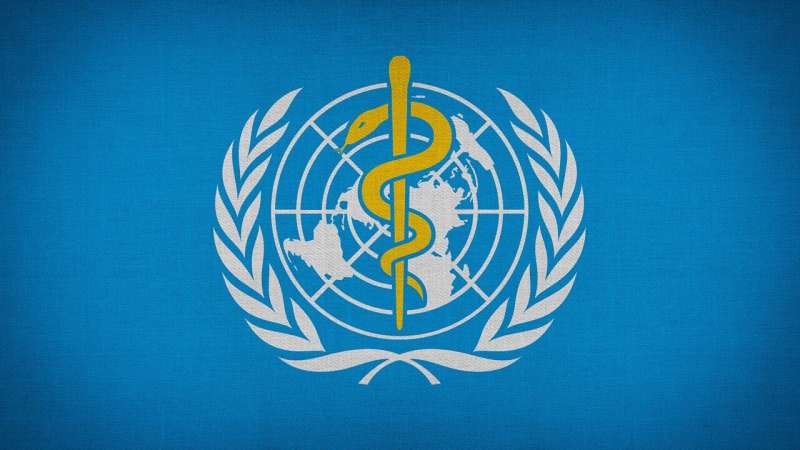Study Highlights Persistent Cervical Cancer Risks in Women Over 65 Due to HPV Infection

New research highlights the ongoing risk of cervical cancer in women aged 65 and over due to persistent high-risk HPV infections, calling for revised screening strategies worldwide.
Recent research reveals that women aged 65 and older remain at a significantly increased risk of developing cervical cancer caused by human papillomavirus (HPV). Published in Gynecology and Obstetrics Clinical Medicine, the large-scale observational study analyzed cervical cancer screening data from over 2.1 million women across China between 2017 and 2023. Despite current guidelines recommending the discontinuation of screening after age 65 for women with previous normal results, the study found rising cases and mortality rates among older women, emphasizing the need to reconsider screening policies.
The study showed that nearly 14% of women in this age group tested positive for high-risk HPV types, notably HPV52, HPV16, HPV58, HPV56, and HPV68. Furthermore, older women had a higher prevalence of multiple HPV infections and cervical intraepithelial grade 2 or worse (CIN2+) abnormalities, which are moderate precancerous lesions that could potentially develop into cervical cancer if left untreated. The detection rate of CIN2+ and actual cervical cancer was low but still concerning, with older women exhibiting higher abnormality rates than younger counterparts.
Scientists used retrospective screening data, including HPV vaccination status, from multiple healthcare facilities, revealing that HPV infections and related cervical abnormalities are more common in women over 65, especially those with multiple infections. The risk of CIN2+ increased significantly with the number of high-risk HPV infections, with triple infections elevating the risk more than 85-fold.
While acknowledging the limitations—such as data being region-specific and focusing on women already screened—the researchers argue that these findings indicate a need for targeted screening strategies for older women, particularly in light of increasing life expectancy and changing hormonal and immune responses that may heighten vulnerability.
The study emphasizes that, despite current guidelines, women over 65—particularly those with missed prior screenings or vaccination gaps—should not be overlooked in cervical cancer prevention efforts. The authors strongly recommend global health policies to include high-risk older women in screening programs to reduce cervical cancer incidence and mortality in this demographic.
Source: MedicalXpress
Stay Updated with Mia's Feed
Get the latest health & wellness insights delivered straight to your inbox.
Related Articles
Understanding Sudden Cardiac Arrest: Causes, Symptoms, and Life-Saving Responses
Learn about the causes, symptoms, and life-saving responses for sudden cardiac arrest. Early recognition and CPR can significantly improve survival rates and protect your heart health.
Young Woman Overcomes 40-Pound Tumor in Life-Saving Surgery and Celebrates Wedding
Adriana Pulido's extraordinary journey from life-threatening tumor to walking down the aisle showcases advances in complex tumor surgery and remarkable resilience. Her story underscores the importance of specialized medical care in overcoming severe health challenges.



